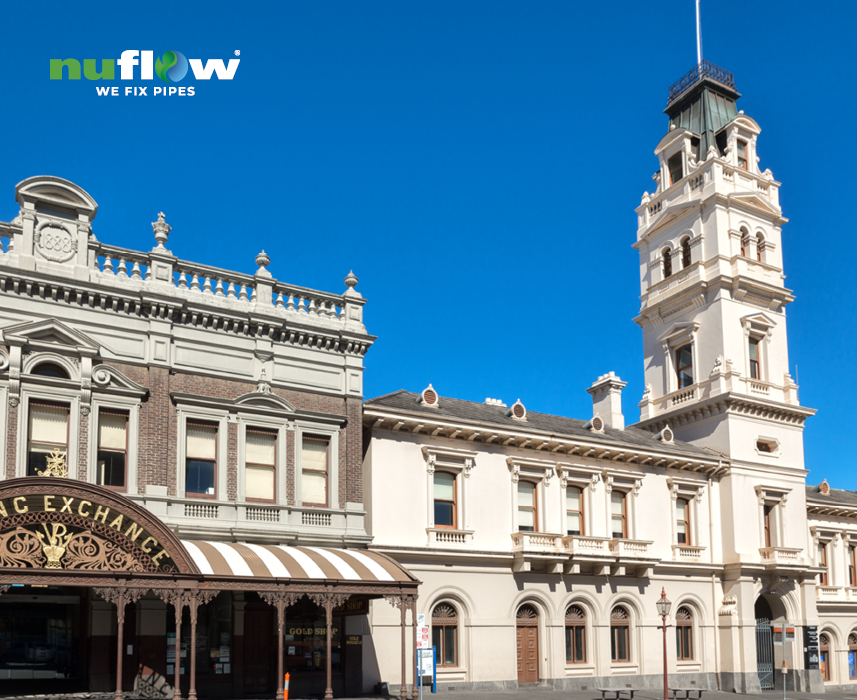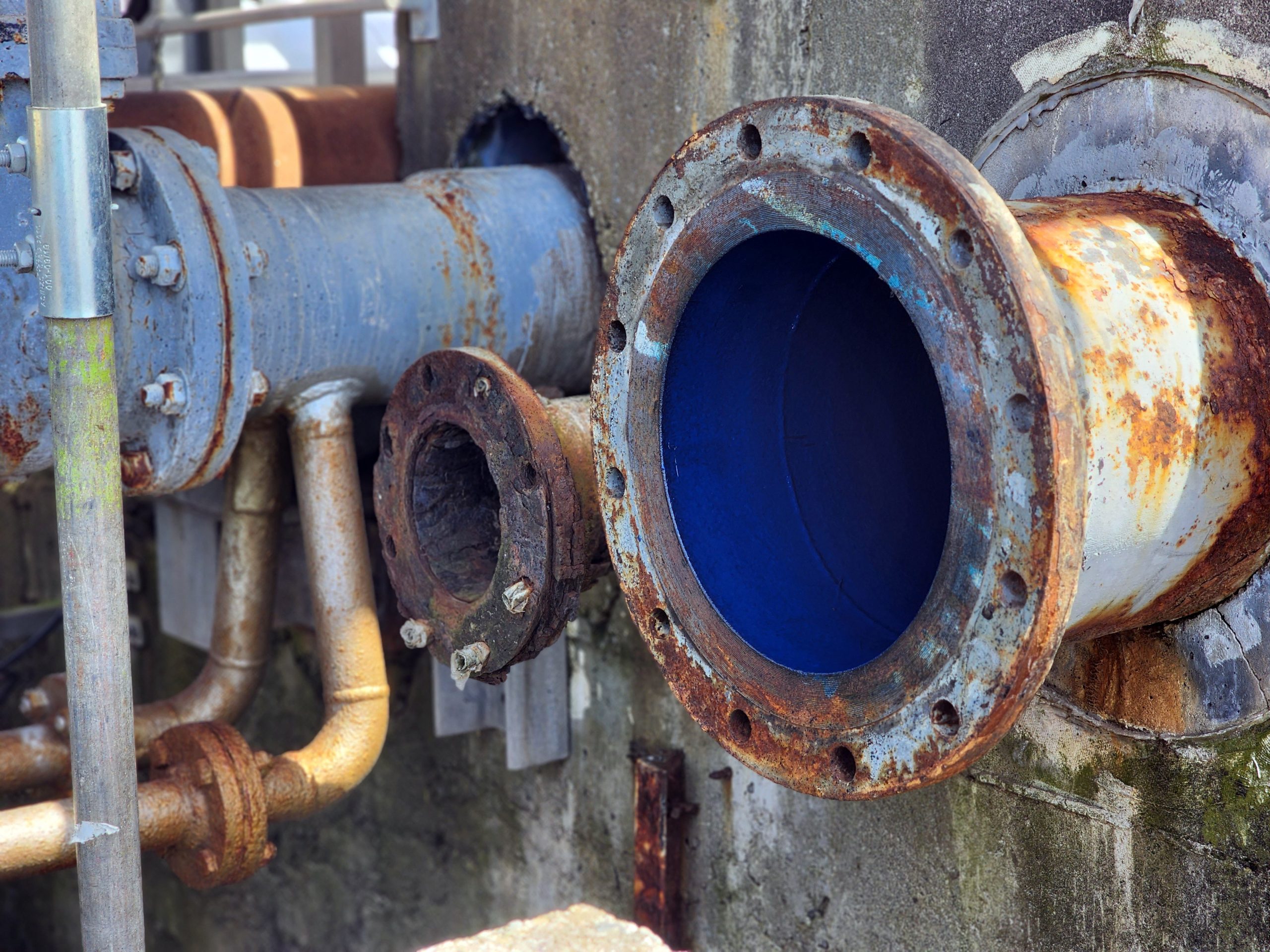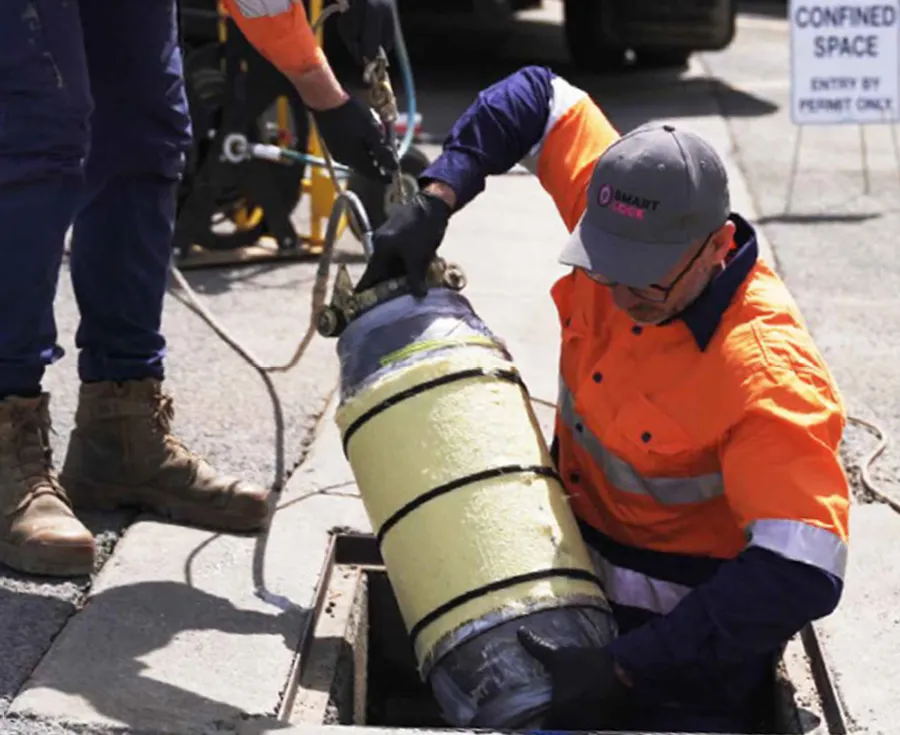Heritage listed properties and character homes capture a moment in time. Their ‘listed’ status helps maintain the style and design of a particular era, preserving a piece of history.
If you own or manage a heritage listed building, it’s up to you to make sure any changes are within the regulations of your council, and that you’re doing everything possible to uphold the stylistic integrity of the property.
Properties on heritage lists are unique, and if you’ve ever restored, renovated or repaired one you’ll know they can be more challenging and expensive than non-listed properties.
Here are some of the things you need to know before you make any modifications.
What are the different types of heritage classification?
Across Australia there are local, state or territory, national, and world listings. Each council has their own regulations and requirements, but generally there are two kinds of categories that mean you’ll need to be cautious before making changes.
Heritage listed properties
If your property is heritage listed, there are usually very specific requirements to follow for making repairs or renovating. In most cases, if a building is state listed there will be stricter regulations than if it’s locally listed. You’ll need to liaise with your council to get approval on any changes.
Heritage or character conservation areas
If your property is in a heritage conservation area, the main consideration you’ll likely need to make is if your changes will impact the streetscape.
What are the rules for renovating heritage listed homes?
Before you start drawing up plans for your renovation or repairs, there are a few things to consider. A heritage advisor can also help you work through all of the rules and regulations for your specific property.
Apply with your council for approval of changes
Check in with your local council for guidance on any applications you’ll need to make and the process for working with them.
Preserve your property’s heritage features
If there are specific heritage features in your home, these will need to be preserved. If they are damaged and need repairing, it’s important that the details are restored to match.
Choose heritage colour schemes
Many heritage listed properties have designated colours to choose from for the external facings. Your local council or heritage advisor can help you with guidance on the colours you can choose from.
How pipe relining helps historic building restoration
The beauty of pipe relining is that you don’t need to dig up any pavers or knock down any walls to fix your broken pipes. For heritage listed buildings, this is a game changer, because you don’t need damage your property’s heritage features – which would take time and money to replicate and restore.
At Nuflow, we use high-definition CCTV drain cameras to find the exact location of the problem. Following a drain inspection, we use our patented pipe relining technology to repair the broken pipes from the inside.
We pull the pipe relining solution into place using ropes and your existing access points – so no digging is needed. If you have a heritage listed home, this could save you thousands as you won’t need to destroy and rebuild parts of your property.
Our pipe relining technicians have helped repair pipes in many heritage listed properties, including the nationally listed Old Parliament House. See how we did it.
Fix it for good with Nuflow
If you’re experiencing plumbing problems in your heritage listed property, Nuflow can get it sorted without excavating or demolishing . Our teams across Australia and New Zealand are here and ready to help. Contact your local Nuflow team to find out more about non-disruptive pipe repairs for your heritage listed property today.




